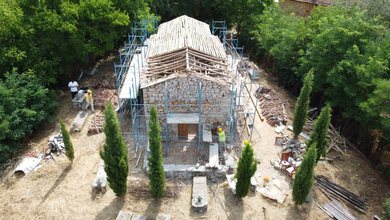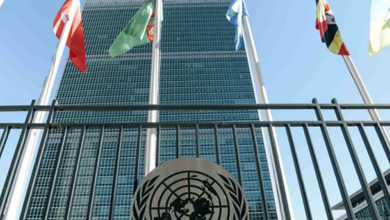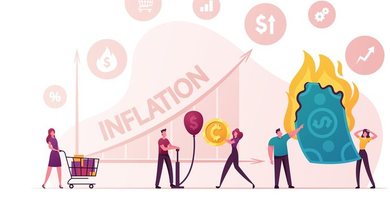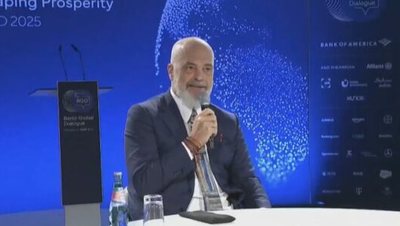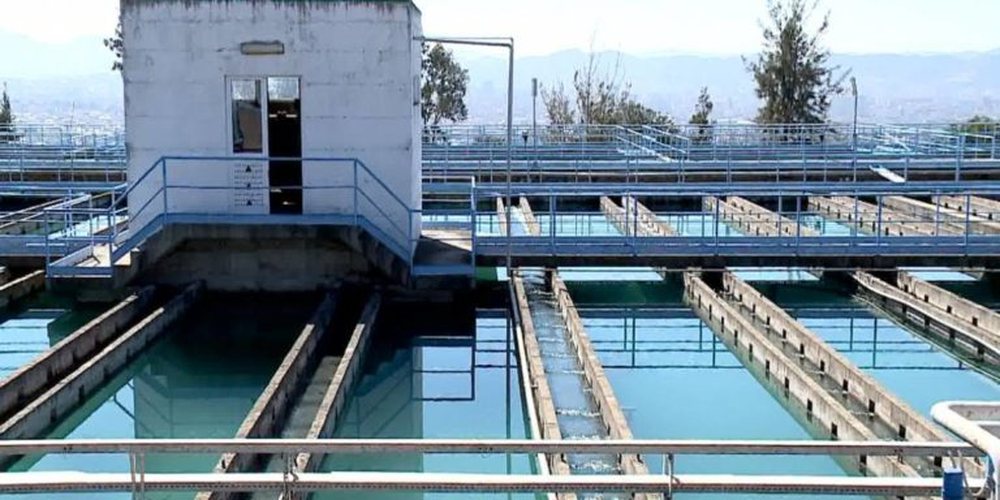
The energy efficiency indicator in water supply and sewage companies took a step back in 2024, although the decrease compared to 2023 was almost negligible. However, the Energy Regulatory Authority urges companies to carefully consider the reasons for this situation in order to improve it in the future.
"This indicator is particularly sensitive, as electricity costs account for the largest share of total operational costs (O&M) in the water sector. For 2024, the sectoral average energy efficiency is at 0.66 kWh/m³, reflecting a slight increase compared to 2023 (0.63 kWh/m³)," WRA underlined.
According to the performance report, energy costs were 23.2 percent of the operating and maintenance costs of water utilities, a considerable level with a strong impact. Energy costs have even become the cause of a chain of arrears that the utilities have towards the energy distribution company, amounting to several hundred million euros. Any correction on the positive side of efficiency has an impact on the consumption of the utilities. The entity has requested that water utilities undertake efficiency studies to see their specific situation, the problems but also the possible solutions.
"The deterioration of this indicator compared to 2023 is mainly due to the fact that the volume of water produced has decreased by approximately 14.6 million m3, while the energy consumed in kWh has decreased by approximately 750 thousand, i.e. approximately 2 times less than the water produced. We can explain this difference by the fact that the pumps have consumed more in 1 year and are not efficient, but there is a possibility that the reporting by the water supply companies of the amount of energy consumed (or its measurement) or the amount of water produced (estimated 40%) has not been accurate. Given this situation, the water supply companies must necessarily find the opportunity to conduct a study on energy efficiency and its improvement, in water supply systems and KUN," the report states./ Monitor




